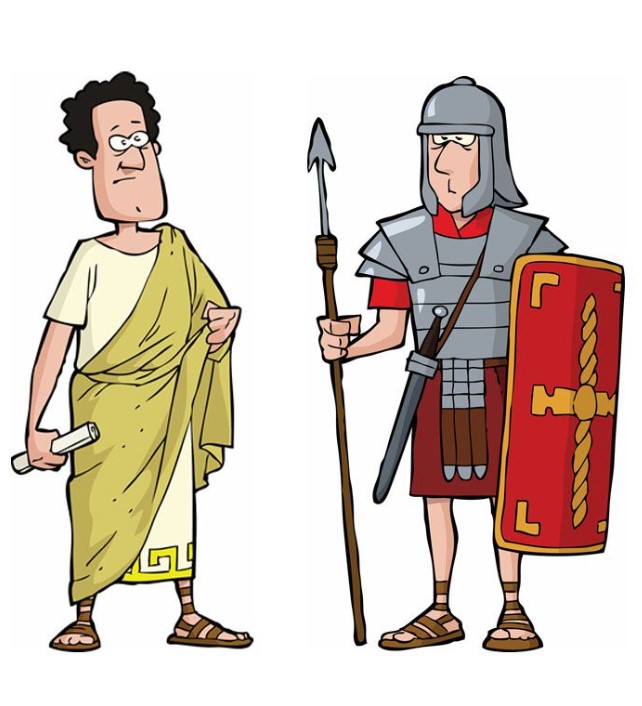Maps to download

Download our maps showing pre-Roman and post-Roman languages, which may be used with acknowledgement. They are available in English, French, German, Dutch, Catalan and Castilian Spanish.
Please note: The pre-Roman labels in bold show languages that are attested in their own writing, other labels indicate languages which are only indirectly attested e.g. as names through other languages such as Latin and Greek. The languages are not all attested in writing at the same time, so the map flattens time depth.

The post-Roman map gives our best guess at which languages may have been spoken by the majority of the population in the 6th century CE. This can be very hard to reconstruct as the evidence is very patchy and the labels such as ‘Latin’ must be understood to refer to a number of local varieties. Sociolinguistic complexity can never be easily represented on maps but they can be a good starting point for discussion! These have been made based on LatinNow team research and created by Pieter Houten (LatinNow).
Resources for School Teachers

Codebreaking in the Roman Army
(Teacher-led session)
This 45-minute teaching session is suitable for primary students upwards, and introduces the basics of reading and writing in the Roman army. The session starts with a gentle introduction to the Roman fort at Vindolanda (UK) and how to read Roman handwriting, and ends with a race to decipher a secret message!
Our teacher’s packs include lesson plans, slides and handouts, and are available to download in English, French, Dutch, German and Castilian Spanish.
Decode a Roman Military Message!

(Teach yourself worksheet)
Ever wondered how the Roman army sent its messages? Could you read a Roman’s handwriting? This double-sided worksheet introduces the basics of Old Roman Cursive and gives you the chance to decode a military message for yourself. Worksheets are available in English, French, Dutch, German, Catalan and Castilian Spanish.

Curse like a Roman!
(Teach yourself worksheet and online tutorial)
Find out how the Romans wrote secret messages to the gods to put spells on their enemies. Let Janie Masséglia guide you through the basics of Roman cursing and Roman cursive in this online video, recorded as part of the 7th Nottinghamshire History and Archaeology Festival.
Download our double-sided worksheet to read along with Janie, or complete at your own pace!

‘Curse like a Roman! (Teacher-led session)
This 45-minute teaching session is suitable for students aged 11-16. It includes an introduction to Roman curse tablets and the site of Aquae Sulis (Bath) in the UK, before inviting students to read and even write their own curses in the Old Roman Cursive alphabet.
Click on the links below to find the teacher’s lesson plan, the code-breaker’s key and the powerrpoint for the session, all in English.
LatinNow Mini Documentaries
How can we read damaged wooden tablets from Vindolanda? We use special camera technology to help us:
Can we use Reflectance Transformation Imaging on bigger objects than Vindolanda tablets? Our travelling “highlight” kit is perfect for reading worn lettering on monuments:
Do we ever make new discoveries using RTI? Oh, yes! Take a look at the new fragment of Latin poetry we found from Roman Kent: